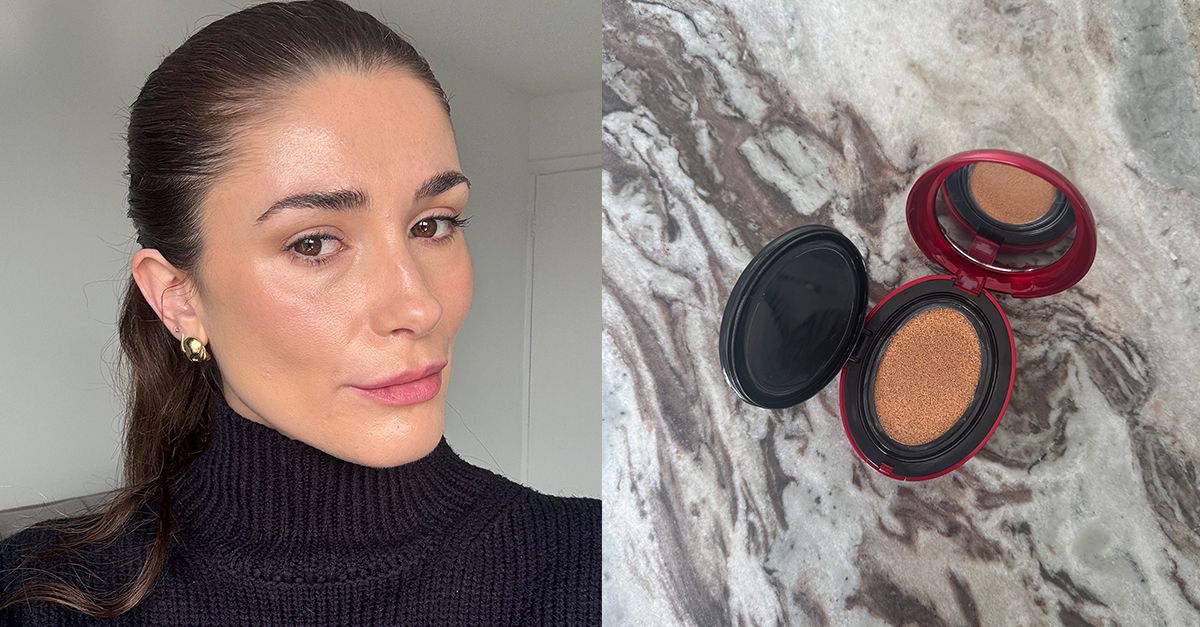The mixed results keep coming from Pinterest, which has today published its Q2 2022 performance update, which shows no growth in active users, and lower than expected revenue intake.
Still, analysts saw various positives in the numbers, particularly considering that they weren’t as bad as some had expected, given the broader economic downturn that’s impacted all social apps.
And there is another important point of note that could play a key role in Pinterest’s future direction.
First off, on users – Pinterest remains at 433 million monthly actives, the same figure that it posted in Q1, when its user count started to move in the right direction once again.

As you can see here, amid the pandemic, which forced more people into online shopping, Pinterest saw a big jump in interest, reaching 478 million actives at peak. But as COVID restrictions have eased, and physical shopping has resumed, those numbers have steadily declined – though Pinterest did add an additional 2 million in the last reporting period.
That, investors hoped, meant that Pinterest had reached its low mark, and would now stabilize and move back into growth. Which seems to be holding to a degree, and given the aforementioned impacts on the broader market, which have dragged down the results of all platforms, it seems like an okay result.
Pinterest saw its biggest declines in Europe, where Russia’s invasion of Ukraine has had, and will continue have, a range of ongoing impacts. Pinterest’s biggest growth, meanwhile, has come in the ‘Rest of the World’ category, which includes Latin America, where the platform is looking to maximize its business opportunities, along with developing markets like India and Indonesia.
That could signal significant opportunities for the app in these regions, with Latin America hosting some 80 million Pinterest users alone. And as its Average Revenue Per User charts show, regions outside of the US have a long way to go in catching up.

Pinterest is still in the process of rolling out its ad platform to all regions, so there’s a lot more potential there, which is partly why investors are still positive about the platform. That, along with the revelation, as reported by TechCrunch, that Elliott Investment Management recently took a 9% stake in the company, making it the single largest shareholder in the app.
Which could be a good thing – Elliott Management has a track record of buying up assets in companies that it believes could be performing better, then using its resulting influence to instigate effective change. Which is what led to Twitter ramping up its strategic plans, in the lead-up to the Elon Musk takeover push – but that could also mean that Elliott will also be pushing for similar changes and development acceleration at Pinterest at some stage too.
Which could squeeze more money out of the app, but it may mean a shake-up for those involved.
As per Elliott Management:
“Pinterest is a highly strategic business with significant potential for growth, and our conviction in the value-creation opportunity at Pinterest today has led us to become the Company’s largest investor. As the market-leading platform at the intersection of social media, search and commerce, Pinterest occupies a unique position in the advertising and shopping ecosystems, and CEO Bill Ready is the right leader to oversee Pinterest’s next phase of growth. We commend Ben Silbermann and the Board on the leadership transition, and we look forward to continuing our collaborative work with Ben, Bill and the Board as they drive toward realizing Pinterest’s full potential.”
Seems innocent enough, but it’s also a little ominous when you know of Elliott’s past initiatives as an activist shareholder group.
In terms of revenue, Pinterest is still improving, bringing in $665.9 million, up 9% year-over-year.

Again, you can see, from these charts, the potential for growth, and you can bet that Elliott will be pushing Pinterest to capitalize on these opportunities sooner rather than later.
Incoming CEO Bill Ready, who came across from Google in June to take the reigns from founder Ben Silbermann, may be in for a challenging time ahead as he works to manage expectations around such, while also maximizing development resources and growth.
And this won’t help:
“Our total costs and expenses grew 29% year over year due to headcount growth as well as increased infrastructure spend.”
More functionality requires more investment, and as Pinterest grows its ad platform, and engagement tools, it’s pumping more cash into development.
On this front, Pinterest has also launched a new app, called Shuffles for putting together collages using photos.

Not sure that it adds much to the overall Pin experience, but it points to the app’s ongoing direction, and focus on building in new elements.
In its accompanying notes and earnings call, Pinterest has outlined its key areas of growth, with video now up to 10% of time spend in the app.
And like all apps, Pinterest is also looking to move into line with the short-form video trend.
As per Pinterest CFO Todd Morgenfeld:
“We’re seeing relevance almost at parity across Idea Pins and our static images, which is a big improvement.”
Looking ahead, Pinterest has forecast ‘mid-single digit’ revenue growth for Q3, while expenses will grow ‘in the range of 35-40% year over year’.
So again, a mixed bag of results and insights, which either suggest that Pinterest is stabilizing, and may well be about to see a significant boost in growth and activity. Or that it needs to limit its expenses, in order to maximize its intake.
Either path could have a big impact, and it’ll be interesting to see if Pinterest accelerates its release schedule in the second half of the year.




































































![Winning Customer Love: How Small Businesses Earn Loyalty [Infographic] Winning Customer Love: How Small Businesses Earn Loyalty [Infographic]](https://www.socialmediatoday.com/imgproxy/o-F2QSgqcZFBUKioazN5_zhvhxZ7jhaJw3Vu6hQ77t8/g:ce/rs:fill:770:364:0/bG9jYWw6Ly8vZGl2ZWltYWdlL2N1c3RvbWVyX2xvdmUyLnBuZw.png)
